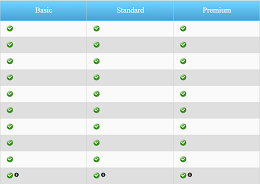 Onsite Course
Onsite Course Oct 21, 2023 - Oct 26, 2023
Oct 21, 2023 - Oct 26, 2023 5 calendar days (Sunday excl.)
5 calendar days (Sunday excl.) Paphos
Paphos 6 Students Enrolled
6 Students Enrolled(6 Seats Available)
 Course Certificate
Course Certificate
The course 21st Century Learning and Teaching with STEAM Education Practices aims at equipping teachers with essential teaching skills and knowledge on the use of STEAM and specifically Computer Science and Arts as access points for guiding student inquiry, dialogue, and critical thinking. In the end, participants will be able to build their own inquiry-based activities, tailored to fit their classrooms and their needs.
STEAM education
The following core components of STEAM need to be understood well and taken into account in order to achieve a successful application of it [1]:
- STEAM is an integrated approach to learning requiring an intentional connection between standards, assessments and lesson design/implementation
- True STEAM experiences involve two or more standards from Science, Technology, Engineering, Math and the Arts to be taught AND assessed in and through each other
- Inquiry, collaboration, and an emphasis on process-based learning are at the heart of the STEAM approach
- Utilizing and leveraging the integrity of the arts themselves is essential to an authentic STEAM initiative
Computer Science for STEAM
One of the main focus of the course is the use of computer science for guiding student inquiry, dialogue, and critical thinking. Teachers will obtain basic knowledge of the most used programming languages such as Scratch for primary school students and of how to apply these programming skills in applications such as Creating animations and interactive artwork, Storytelling, and Game design.
Learning Outcomes
After the course the participant will be able to:
- understand and use STEAM education practices especially in the fields of computer science and arts
- integrate technology in the classroom
- create a class Website
- create an online class and track its progress
- use various ICT tools
- build interactive lessons for the students
- understand and use project-based learning and inquiry-based learning
- use art for STEAM education
- facilitate and inspire student learning and creativity.
The participant will also:
- have developed creativity and computer skills
- have enhanced cultural and language skills useful for acting in the international environment.
References:
[1] Institute for Arts Integration and STEAM, What is STEAM Education? [https://artsintegration.com/what-is-steam-education-in-k-12-schools/]

